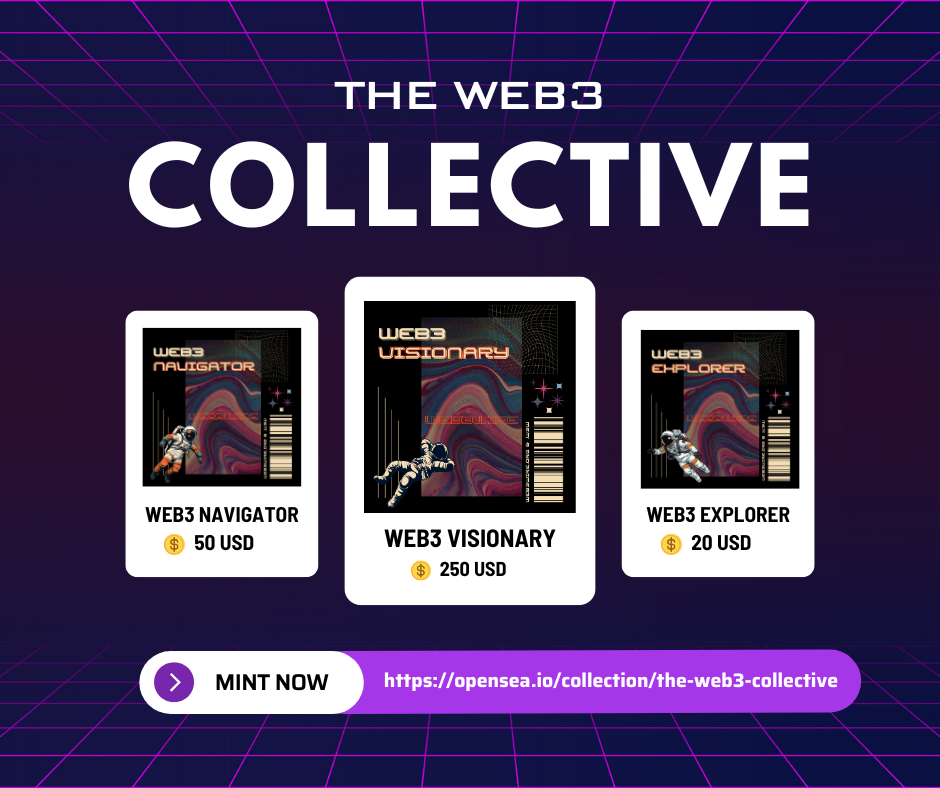The global quantum dot laser arrays market is projected to grow from USD 2,213 million in 2025 to approximately USD 5,688 million by 2035, registering a compound annual growth rate (CAGR) of about 9.9% over the forecast period. Expansion is driven by rising demand for high-speed, multi-channel optical sources across data-centre interconnects, advanced sensing and LiDAR applications, and broader adoption of quantum-dot photonic technologies in next-generation optical platforms.
Advances in quantum-dot epitaxy, improved thermal and wavelength stability, and increasing integration with silicon photonics are enabling compact, low-power, high-channel-count laser arrays. Market adoption is strongest in Asia Pacific and North America, where infrastructure investment, photonics R&D and data-centre deployments are concentrated.
➤Key Market Insights at a Glance
Market Value (2025): USD 2,213 million
Forecast Value (2035): USD 5,688 million
CAGR (2025-2035): ~9.9%
Leading Device Type (2025): Single-Emitter Arrays (largest share)
Fastest-Growing Device Type: High-Channel-Count Arrays
Primary Applications: Optical communications & data centres; medical imaging & diagnostics; industrial sensing and LiDAR
Fastest-Growing Country/Region: China and Asia Pacific region
To Access the Complete Data Tables & in-depth Insights, Request a Discount on this report: https://www.factmr.com/connectus/sample?flag=S&rep_id=11277
➤Market Drivers / Growth Overview
The quantum dot laser arrays market is being propelled by multiple converging factors. Optical communications and data-centre networks require multi-channel, energy-efficient laser sources; quantum dot arrays deliver strong wavelength tunability, low threshold currents and enhanced temperature resilience. Progress in epitaxial growth methods and multi-emitter integration has reduced device variability and improved manufacturability.
Emerging applications-such as LiDAR for autonomous systems, precision medical imaging, and advanced industrial sensing-are increasingly adopting quantum-dot solutions for their superior optical characteristics and small form factor. Government and corporate investment in photonics and quantum technologies further accelerate commercialization. However, manufacturing uniformity, high initial production costs and integration complexity remain key challenges moderating near-term adoption.
➤Segmentation & Key Drivers
By Device Type:
Single-Emitter Arrays: currently the largest share due to established use cases and lower integration complexity.
Multi-Emitter Arrays: growing adoption for increased channel density.
High-Channel-Count Arrays: fastest growth driven by dense WDM requirements in optical interconnects.
By Application:
Optical Communications & Data Centres: primary demand driver as data throughput needs escalate.
Medical Imaging & Diagnostics: adoption for compact, tunable light sources in imaging instruments.
Industrial & Sensing: LiDAR, environmental sensing and defence applications seeking precision and miniaturisation.
By Material & Integration:
III-V quantum-dot materials (e.g., InAs/GaAs, InP platforms) and cadmium-free formulations are evolving to meet performance and regulatory preferences.
Silicon photonics integration is a crucial growth enabler for cost reduction and system-level scaling.
➤Regional & Country Insights
North America: Strong photonics research ecosystem and early commercial adoption in high-performance networking and defence sensing.
Asia Pacific: Fastest growth; aggressive data-centre expansion, domestic photonics manufacturing and scale-up-China identified as a high-growth market.
Europe: Consistent growth led by advanced sensing, aerospace/defence applications and strong academic-industrial collaboration.
Latin America & Middle East/Africa: Emerging adoption with selective investment in telecom upgrades and niche sensing projects.
➤Five Forces Driving Market Growth
Innovation in Materials & Fabrication: Epitaxial and integration advances reduce device variability and improve yield.
Demand from High-Bandwidth Networks: Data-centre and telecom operators require dense WDM and energy-efficient sources.
Cross-Industry Application Pull: LiDAR, medical imaging and defence sensing create diversified demand streams.
Supply Chain & Manufacturing Scale: Foundry partnerships and volume manufacturing are essential to lower costs.
Regulatory & Environmental Considerations: Material selection and compliance influence technology adoption and product design.
➤Competitive Landscape
The competitive environment features both specialised photonics firms and innovative start-ups advancing quantum-dot laser technology and integration. Key industry activities include multi-emitter design, silicon photonics integration, thermal/wavelength stabilisation, and partnerships targeting data-centre and sensing integrators. Companies are focusing on scalable production techniques, reliability testing, and application-specific solutions to capture early adoption across telecom, automotive and medical markets.
➤Recent Developments
Commercial introductions of higher channel-count quantum-dot laser arrays optimized for dense wavelength-division multiplexing in optical interconnects.
Demonstrations of quantum-dot lasers grown on silicon substrates, highlighting pathways to reduced cost and improved scalability.
Increased R&D funding from public and private sources for photonics and quantum technologies, accelerating prototype to production timelines.
Strategic collaborations between laser specialists, semiconductor foundries and system integrators to expedite deployment in data centres and LiDAR systems.
➤Market Outlook & Strategic Insights
From 2025 to 2035, the quantum dot laser arrays market is expected to transition from an emerging niche into a core photonics segment underpinning high-bandwidth communications and precision sensing.
Firms that prioritise scalable manufacturing, silicon photonics integration, thermal and wavelength stability, and targeted application development (data centres, LiDAR, medical imaging) will be best positioned to capture market share. Strategic alliances across the value chain, investment in yield-improving fabrication techniques, and modular product strategies will be pivotal in converting technological advantage into commercial success.
Browse Full Report: https://www.factmr.com/report/quantum-dot-laser-arrays-market
➤Purchase Full Report for Detailed Insights
For access to full forecasts, regional breakouts, company share analysis, and emerging trend assessments, you can purchase the complete report: https://www.factmr.com/checkout/11277
Have specific requirements or need assistance on report pricing or have a limited budget? Please contact sales@factmr.com
➤Related Reports:
Quantum Simulation Platforms Market: https://www.factmr.com/report/quantum-simulation-platforms-market
Quantum Imaging Devices Market: https://www.factmr.com/report/quantum-imaging-devices-market
Quantum Interconnects Market: https://www.factmr.com/report/quantum-interconnects-market
Quantum Sensor Market: https://www.factmr.com/report/quantum-sensor-market
Contact:
US Sales Office
11140 Rockville Pike
Suite 400
Rockville, MD 20852
United States
Tel: +1 (628) 251-1583, +353-1-4434-232
Email: sales@factmr.com
➤About Fact.MR:
Fact.MR is a global market research and consulting firm, trusted by Fortune 500 companies and emerging businesses for reliable insights and strategic intelligence. With a presence across the U.S., UK, India, and Dubai, we deliver data-driven research and tailored consulting solutions across 30+ industries and 1,000+ markets. Backed by deep expertise and advanced analytics, Fact.MR helps organizations uncover opportunities, reduce risks, and make informed decisions for sustainable growt
This release was published on openPR.

















